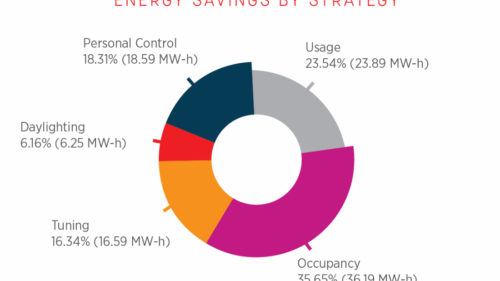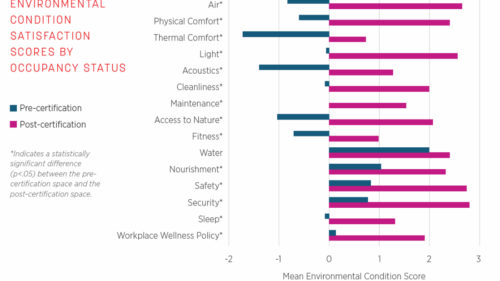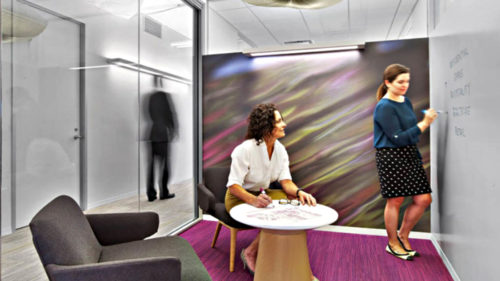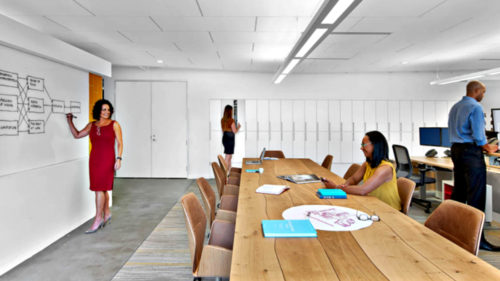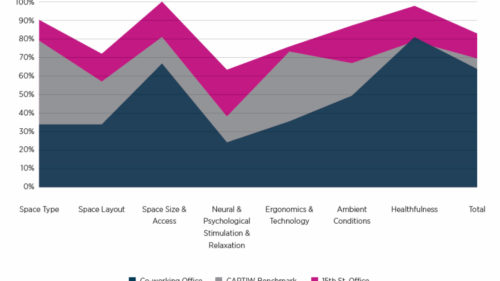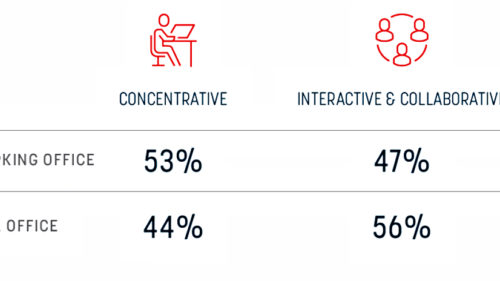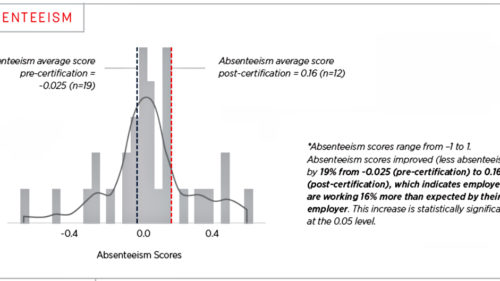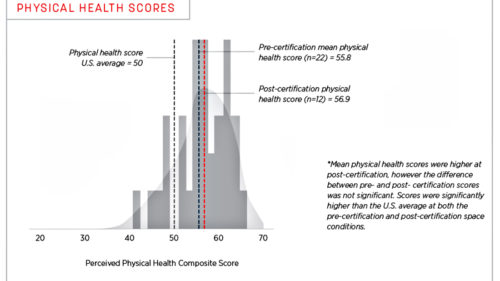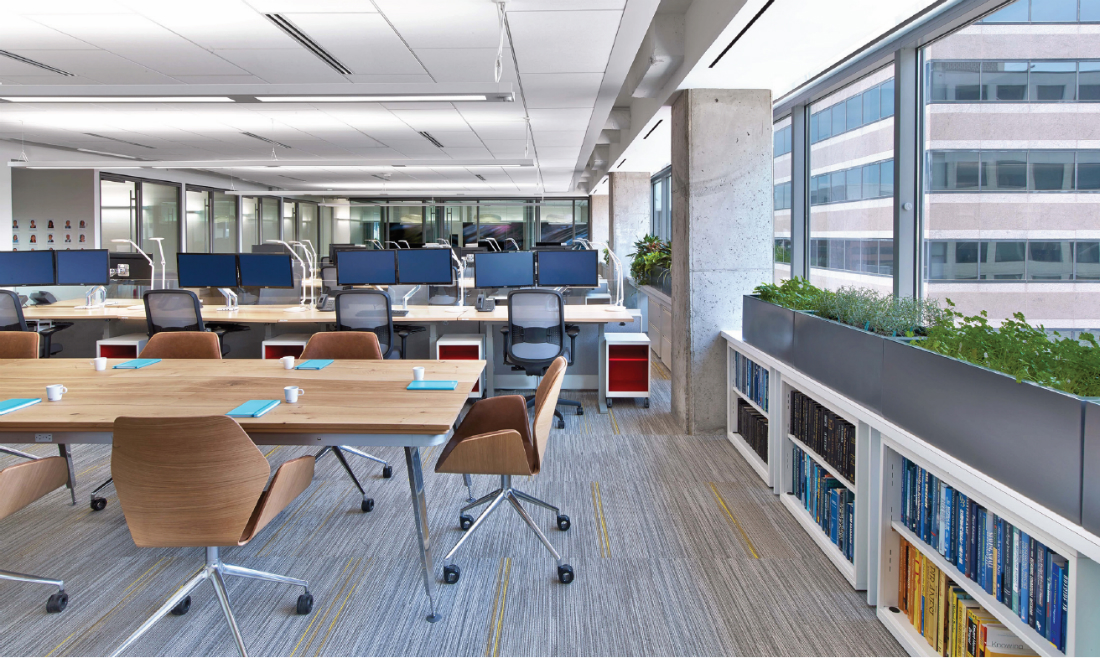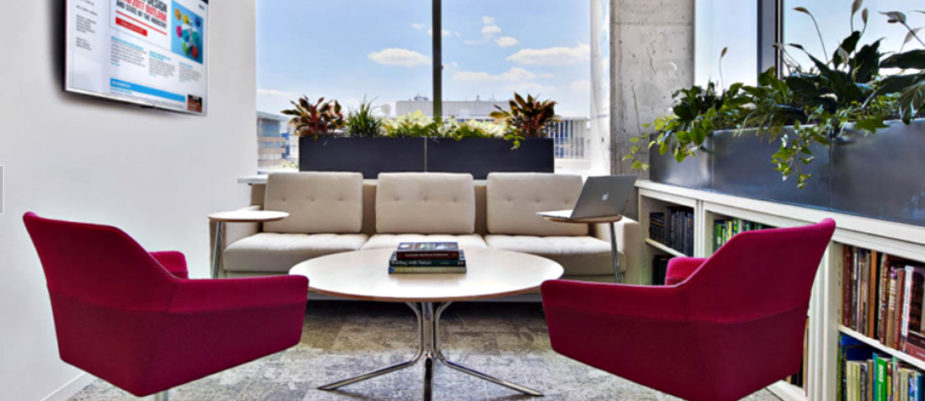
First certified workplace both WELL Platinum and LEED Platinum, the American Society of Interior Designers (ASID)’s headquarters in Washington D.C., by Perkins+Will, has been developed through a study of the Cornell University about how a human-centered design, inspired by biophilia and cutting-edge technological solutions, can positively affect the wellbeing, the productivity and the economic and environmental sustainability of the office space.
How does workplace design positively influences health, wellness, employee satisfaction, and work performance?
The American Society of Interior Design wanted to directly find the answer while moving to their new headquarters at 15th street in Washington D.C.
Perkins+Will has therefore designed an 800 sqm workplace with a cutting-edge level of technology as well as inspired by the all the most up to date studies in matter of office environment and ways of working.
The result was the first headquarters certified both WELL Building standard Platinum and LEED ID+C, the International WELL Building Insitute and U.S. Green Building Council’s higher certification.
The goal was to create the perfect field for a research, carried out with the Cornell University, about the impact of design on the sustainability and wellbeing, demonstrating how office design shapes the social environment to boost employees’ performance and productivity and results in cost savings for the company.
The research was conducted through a series of employee surveys, in-depth interviews sociometric data culled from badges worn voluntarily by employees, and environmental metrics from the building and measured within the office.
The overall design of this space was driven by the research and data collected during pre-occupancy and its success is demonstrated through the post-occupancy data”, explains ASID CEO Randy Fiser. “ASID is committed to sharing updated evaluations as we continue to enhance our employee experience and improve workplace utilization.”
First of all, it was demonstrated how design improves environmental quality in different ways: implementing strategies such as a VOC reduction and biophilic design and an efficient ventilation, air filtration and recirculated air system, the average of CO2 in the workplace dropped about 2.5 less than in the previous office, on the average of 570ppm during the working time. Also the creation of a lighting system capable to follow and stimulate the circadian rhythm of people and the enhancement of the natural light improved the wellbeing of the workers, cutting their stress out and fostering their sleep quality.All these have gone along with a 76 MWh of lighting energy saving over the first 15 months, 38.2 ton of $ 7.636.
Great relevance was also put into acoustic, halving the loudness of the co-working space, while the organizational innovation, following the CAPTIW worksheet’s parameters, improves the accessibility (100%) the healthfulness (98.8%) and the space type (91.7%).
On the other side, interior design really has an impact on the experience, stimulating collaboration, creating attachment and establishing support.
Communication among employees has been increased (42%) as well as the sharing and exchanging of ideas (44%), offering opportunities to cross-pollinate among teams and to get to know each other on a social level.
Increasing the interaction and improving the quality of the environment, has led employees to feel a stronger sense of belonging, to perceive more social support, with a higher level of job satisfaction, creativity, and productivity.
Finally, design ha also changed the organizational culture of the company and the behavior of people: health and wellness features in the office encourage healthy behaviors in various ways such as access to a fitness center or to the wellness room, the use of sit/stand workstations, healthy snacks, filtered water, and air.
Considering employee productivity (increased by 19%), employee retention, and energy savings and taking into account the average employee cost in Washington, ASID has made a calculation that indicates it will recoup its investment in the first half of its 10 year lease agreement: a cutting-edge interior design is, therefore, also a good and affordable investment.
Text by Gabriele Masi.

